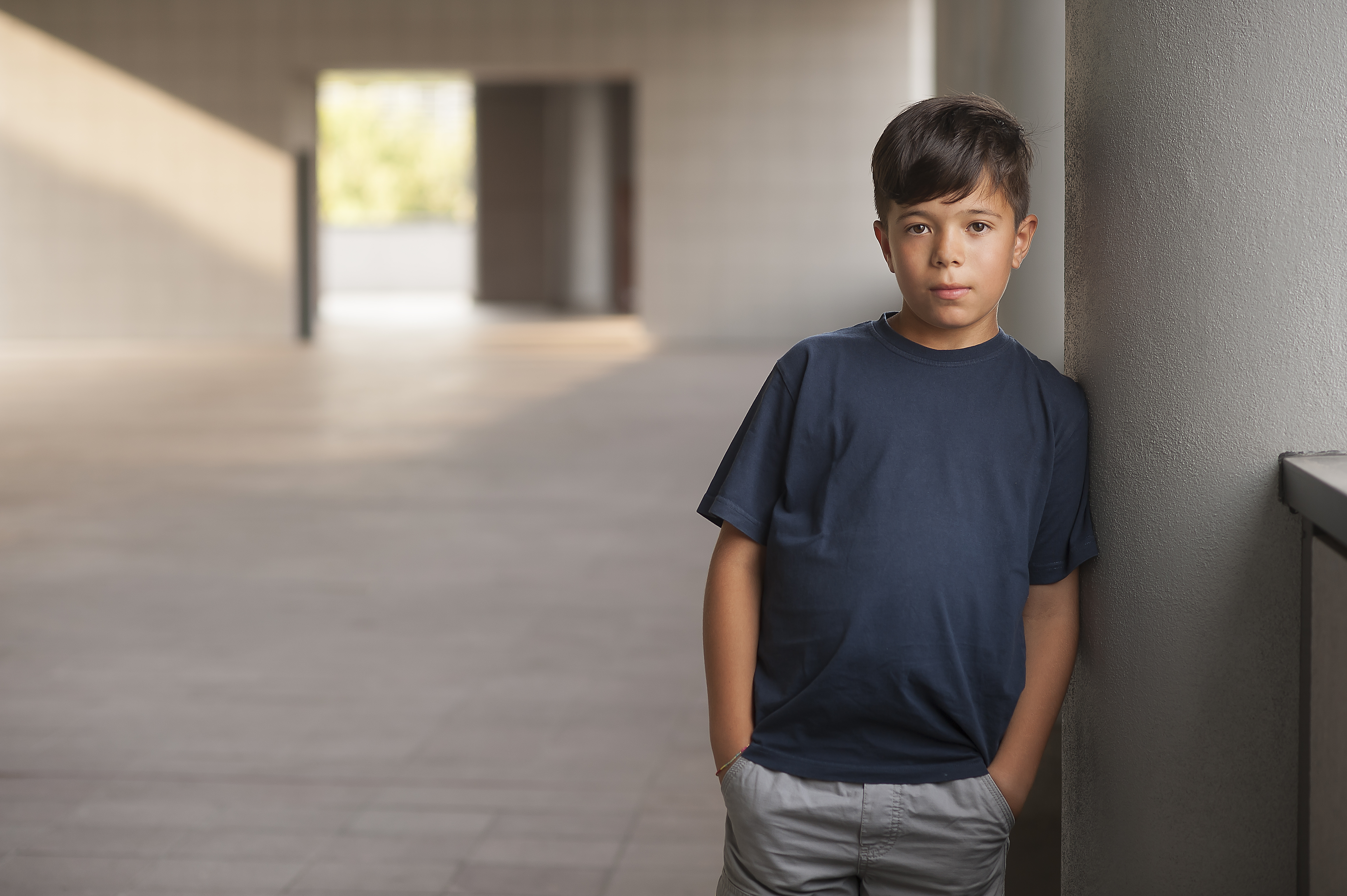
The first sign most parents notice that their son might be entering puberty is the sheer number of shoes they grow out of. This is because when a child grows into an adult, their growth starts from the outside in. So the extremities of the skeleton grow first. This means your son’s;
At the end of puberty, the growth plates on the long bones fuse meaning that the bones cannot grow anymore. However, a teenager’s spine continues to grow.
It’s counterintuitive but for boys to become tall men they need to delay their growth spurt.
The average boy has the biggest growth spurt between 14 and 15 years, whereas the girls in their class will often tower over them in the early years of puberty as the girls have their biggest growth spurt much early, between 12 to 13 years of age.
Girls start early and finish early so they tend to stop growing by the age of 18, whereas young men are still growing up until they are around 20 years old.
Teenage boys have a delayed growth spurt for a reason. When they enter the growth spurt, they start with longer legs at 14 than the female classmates who started their growth spurt on 12-year-old legs. Both sexes then grow rapidly and then, vitally, the growth plates fuse – this stops any further growth in height. Simply by delaying their growth spurt and making it last longer boys become taller adults than girls and this is the mechanism that leads to men being taller than women on average.
In one year a teenage boy can grow up to 4 inches (10 cm). Over four years, during puberty, a teenage boy may grow a whole foot in height (12 inches or around 30 cm). The growth of the chest, spine and torso comes last, along with muscle development. Before this, teenage boys can look gangly as their arms, legs and feet are bigger than the rest of their body.

Finally, at the end of puberty boys begin to develop muscle mass and strength, particularly upper body strength. This muscle development is driven by testosterone production in the testes and allows boys to put on over a stone (14lb or 6.4kg) that’s the equivalent of gaining the weight of a big Thanksgiving turkey! As well as developing lots of muscle mass teenage boys’ hearts grow bigger with a huge increase of 40%more heart muscle.
This allows them to pump more blood, more efficiently to their bigger muscles.
Testosterone also increases the amount of haemoglobin carried in red blood cells. Haemoglobin is the molecule in red blood cells that attaches to oxygen molecules and transporting it around the body and to a teenage boy’s muscles. Boys will have 25%more red blood cells in their bloodstream by the end of puberty. This coupled with higher levels of haemoglobin enable the blood to deliver more oxygen to muscles. This oxygen is used to create energy for muscles to exercise. As a result, teenage boys become fitter and stronger than they have ever been before.
The larynx or voice box grows. On the outside boys may appear to have a disproportionately bigger Adam’s apple. Inside the vocal chords get bigger and longer causing the voice to break and deepen until they have an adult man’s voice. This is equivalent to the drop an octave in the pitch of a teenage boy’s voice.
Across the mammal kingdom, a deeper voice or call (e.g., male deer, male gorilla) is an honest signal of good male health. Even amongst human beings, deeper voices are generally preferred in men by men and women alike.
A man’s vocal cords are 50%longer than boys. During puberty the voice ‘breaks’ or deepens. Teenage boys can find the process of their voice breaking embarrassing as they need to keep talking during the development of their voice box and on occasion, their voice might go from squeak to deep boom, in one sentence. Boys who sing can also worry about how their voice might change after it has broken. It will be deeper, but they will not lose the skills they have learned in harmonizing even though they are effectively using a ‘new instrument.’

First, a boy’s face grows wider as all second teeth appear in the mouth
In teenage boys, the nose and jaw grow twice as fast as the rest of the face under the influence of testosterone and growth hormone.
Testosterone causes facial hair to grow. At first, teenage boys will develop a moustache and over time facial hair will develop across the jaw and throat in the usual beard formation. Many teenage boys (and men) shave the hair to remain clean shaven, though some boys choose to grow a beard or moustache.
During puberty boys will develop new body hair in several locations;
Also, the approximately 3 million sweat glands that cover the body become more active during puberty. They produce more sweat and the sweat is thicker and contains more fats. The combination of this fatty sweat and hair to trap the sweat is thought to be an adaptation on our otherwise naked bodies to trap pheromones to attract the opposite sex.
However, only fresh sweat is pleasant, and when bacteria break down the fatty sweat, teenage boys can suffer from body odour. Don’t be surprised if your son wants to take more showers and buy an antiperspirant deodorant.
During puberty, the testicles appear redder, get bigger and finally grow pubic hair.
Inside the testicles, the testes are producing both testosterone and sperm. They produce a 1000 sperm every second and this intense sperm production works best at a lower temperature. This is why the testes hang outside the body in the scrotum in most land mammals.
When a teenage boy’s testes first start producing sperm, it will be released in the seminal fluid containing sperm out of the penis. This is involuntary and happens during sleep. This involuntary ejaculation is called a wet dream and usually happens sleep. Your son may just notice that his night clothes are a bit damp.
The physical changes of puberty, coupled with increased testosterone production and brain development can lead to increased aggression, moodiness, and other strong emotions.
Your teenage son may feel overwhelmed by his feelings. He does not yet have the full development of his frontal cortex to help him reflect on, understand or regulate his feelings.